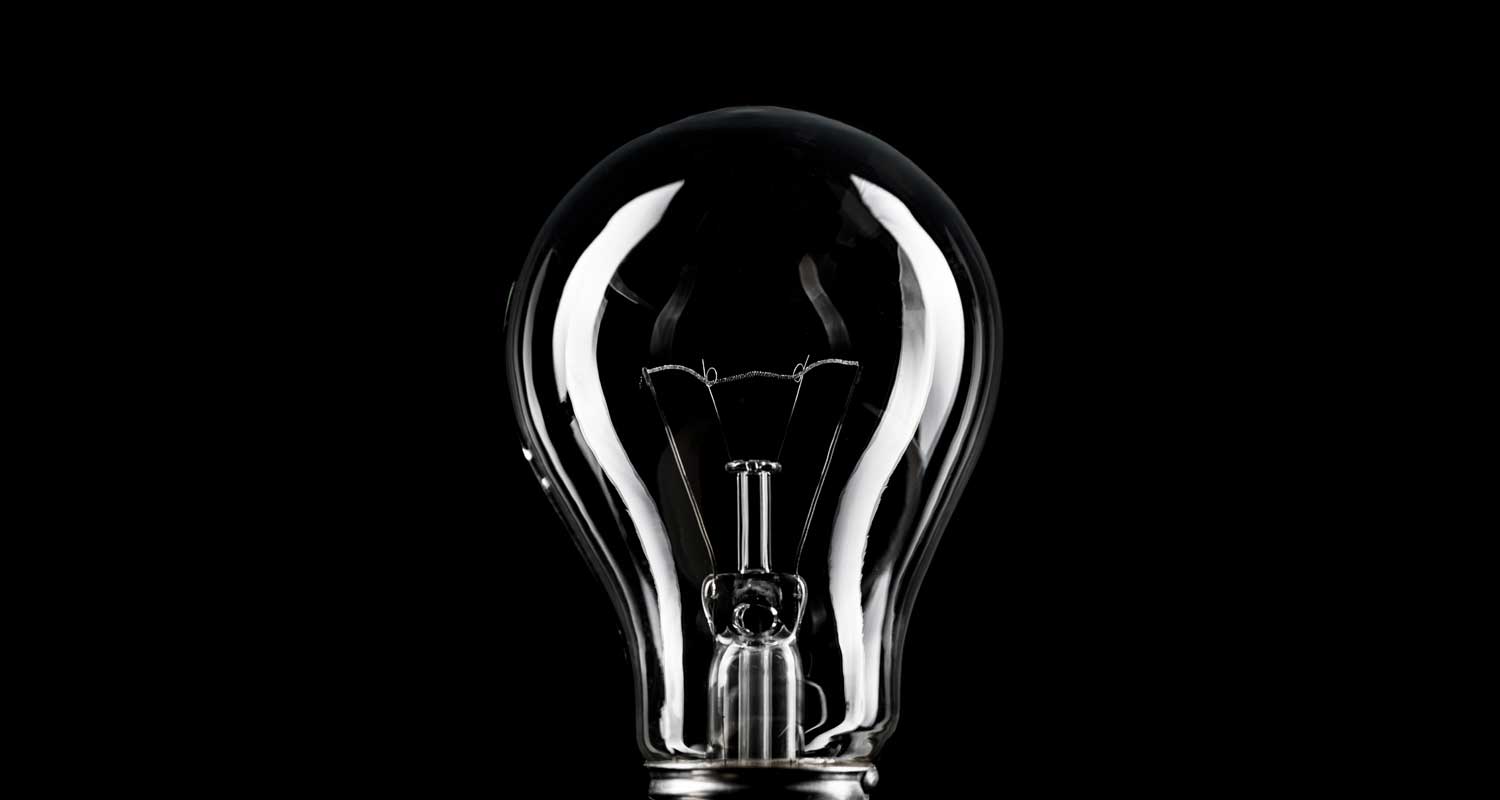 South Africa experienced unprecedented electricity shortages in 2023 as ageing coal plants became increasingly prone to breakdowns. The country urgently needs to develop new electricity generation facilities and reduce reliance on coal power.
South Africa experienced unprecedented electricity shortages in 2023 as ageing coal plants became increasingly prone to breakdowns. The country urgently needs to develop new electricity generation facilities and reduce reliance on coal power.
In the first week of 2024, energy minister Gwede Mantashe released a proposed road map for the future of electricity in South Africa. Unfortunately, the draft Integrated Resource Plan is a major disappointment. Described by some analysts as “shoddy”, the plan contains, among many flaws, huge errors in costing the different future energy scenarios.
Firstly, the plan’s costing estimates aren’t credible. It does not even consider the most inexpensive combination of new, additional electricity – largely wind and photovoltaic solar, with some battery storage. Instead, the plan claims wrongly that gas-intensive scenarios are cheaper.
Secondly, the plan says the government must build 6GW of new gas-fired power stations by 2030. This idea has been vigorously opposed by environmental and other civil society groups on the grounds that increased use of fossil fuels would accelerate global warming. Another problem is that the gas would have to be imported, leaving South Africa at the mercy of international gas price fluctuations. The kind of investment in gas that is needed would require major new builds, which invariably end up with major delays and cost overruns.
The new draft plan could commit South Africa to unnecessarily expensive solutions. This will damage economic prospects and drive energy costs to unaffordable levels.
The first scenario is a “reference case”, which proposes that all additional electricity be generated half by gas and half by wind and solar power. The draft plan wrongly claims that this is the most cost-effective option.
Renewables
The second is a “renewable energy” scenario, where no new coal, nuclear and gas plants are built, but where only about a third of the new solar power investment would be in the form of photovoltaic technology. This scenario says the bulk of new solar capacity would be provided by concentrated solar power, which is rarely considered globally these days because it is much more expensive than photovoltaic technology. Concentrated solar power previously had the advantage of being able to store heat for a few hours, generating electricity after sunset. But this can now be achieved with photovoltaic technology and battery storage.
The third scenario is “renewable plus nuclear”, where about 15GW of new nuclear builds would provide the electricity attributed to concentrated solar power under the previous all-renewable scenario.
The fourth is a “delayed shutdown” scenario. Under this plan, the life of the country’s coal plants would be extended by several years each, long beyond the projected closure dates for these plants.
The final option proposed by the government is a “renewable plus coal” scenario, where new gas and coal plants would replace the capacity attributed to concentrated solar power or nuclear in the other scenarios.
Strangely, there is no provision for what is probably the most cost-effective option: a renewable energy scenario using photovoltaic technology and with increased storage.
 We do not know how the government costed these scenarios because the draft plan does not set out the costs per technology. Instead, it claims to have used the April 2023 Lazard Levelized Costs of Energy report to calculate how much each new form of energy would cost.
We do not know how the government costed these scenarios because the draft plan does not set out the costs per technology. Instead, it claims to have used the April 2023 Lazard Levelized Costs of Energy report to calculate how much each new form of energy would cost.
But this doesn’t appear to have been the case. Lazard is the world’s largest independent investment bank. Its reports are widely recognised as authoritative. The costs Lazard has calculated for the various technologies – renewable, coal, gas and nuclear power – are very different to the costs that the government must have used in the draft plan.
If the ministry’s planners had used the Lazard energy costing, they would have reached a very different conclusion. There are three possible explanations: that the planners didn’t use the Lazard costing, or they used it incorrectly, or their cost calculations are wrong.
Lazard sets out these costs per megawatt-hour of electricity:
- Utility-scale solar photovoltaic: US$24-$96/MWh
- Utility-scale solar photovoltaic plus storage: $46-$102/MWh
- Onshore wind: $24-$75/MWh
- Coal: $68-$166/MWh for coal from a newly built coal plant and US$29-$74/MWh for coal from an existing plant
- Nuclear: $141-$221/MWh for new build and $29-$34/MWh for existing plant.
Lazard last produced costs for concentrated solar power in 2019: $141/MWh, which is exactly the low-cost end of nuclear. However, concentrated solar power is no longer updated in the Lazard report as almost all solar plants developed in the last few years are photovoltaic. There is therefore no way that the “renewable plus nuclear” scenario can work out cheaper than the one for renewables only, as claimed in the draft Integrated Resource Plan.
Wind, solar cheapest
These costs clearly show that wind and solar power are the cheapest options. South Africa has extraordinarily high sunshine levels and good winds, which would bring the costs for solar and wind power down to near the lowest levels in the earlier quoted ranges. It is therefore inexplicable that the ministry’s team has concluded that the “renewable energy” scenario is by far the most expensive.
A good electricity plan is key to ensuring a country’s energy security. It is imperative that the exact assumptions made in the modelling must be declared and that government must make the calculations clear.![]()
- The author, Hartmut Winkler, is professor of physics, University of Johannesburg
- This article is republished from The Conversation under a Creative Commons licence



